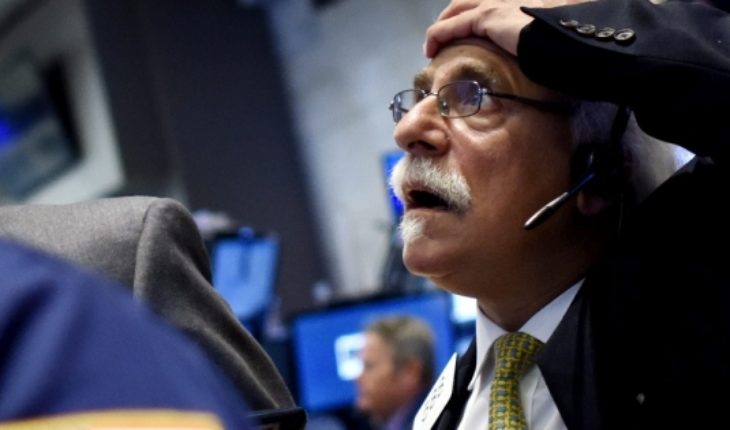despite all the turbulence in emerging markets currencies, investors of capital in major markets seem to… are relaxed? The milestone passed with little fanfare, but the S & P 500 Index closed August 29 at a record of 2.914,04. The previous day, the Nifty 50 of the India did the same. Other indexes in the market developed only moderately below their January highs.
While it is expected that President Donald Trump will start to implement the next round of tariffs on US$ 200,000 billion in Chinese goods in a matter of hours, it is tempting to think that the global economy is resisting the storm. Tempting, but wrong. Look more closely: the slowdown has begun.
Look at the volumes of trade. He has been extraordinarily unusual that the momentum of the single global trade has improved in recent decades. The only notable occasions on which monitor world trade compiled by the Office of economic policy of the Netherlands analysis (or CPB) for its acronym in Dutch has declined steadily since 2000, was on the eve of the recessions of 2001 and 2008 , and during the crisis of 2015 commodity.
You can now add 2018 to that list, since the index moved into negative territory the second quarter of this year. That decline is particularly surprising given that commodity, one of the most bulky and volatile of traded goods globally, subsets have been playing quite well: indices of fuels and other commodities of the CPB they reached the highest levels in may from 2014.
Weakness comes not from the materials, but of manufactured products, as global supply chains are paralyzed.
That is consistent with the picture that emerges in terrain. United States manufacturers ‘reported higher prices and supply interruptions attributed to the new trade policy,”according to the Beige Book of July from the Federal Reserve, in addition to”higher prices for inputs and margins ever lower “.” The next edition, which will be published next week, probably to show one even greater impact, judging by the warnings of business leaders on the eve of the current round of assessments.
Even that probably underestimates the extent of the underlying slowdown. In the USA, port traffic has been at record levels in recent months, suggesting that the effect of tax cuts and a favorable monetary policy far outweigh any commercial nervousness. However, one of the movements is probably related to the fact that companies increased their inventories in advance to avoid the new tariffs, according to the National Federation of retailers, an industry group.
The fact that previous business downturns have often coincided with recessions in the United States does not mean that the next do so. It is more likely that decreases in volumes being monitored by the CPB have been consequences rather than causes of previous economic downturns. Even so, as Komal Sri-Kumar wrote for Bloomberg Opinion earlier this year, markets have a poor record of recovery of the risks arising from the increase of tariff barriers in advance.
To get a better idea of what is coming, take a look at the way in which the global container shipping lines plan to the future. The order books, which exceeded 1,000 ships before the financial crisis of 2008, have not reached a fifth of that level since Trump came to power. If the global economy will come out of this latest round of tension, the merchant fleets of which depends on trade are not seeing it.
This column does not necessarily reflect the opinions of the editorial board or of Bloomberg LP and their owners.
poured in this op-ed content is the sole responsibility of the author and do not necessarily reflect the editorial line nor the counter position.





